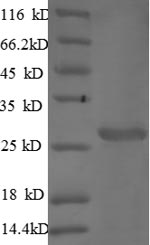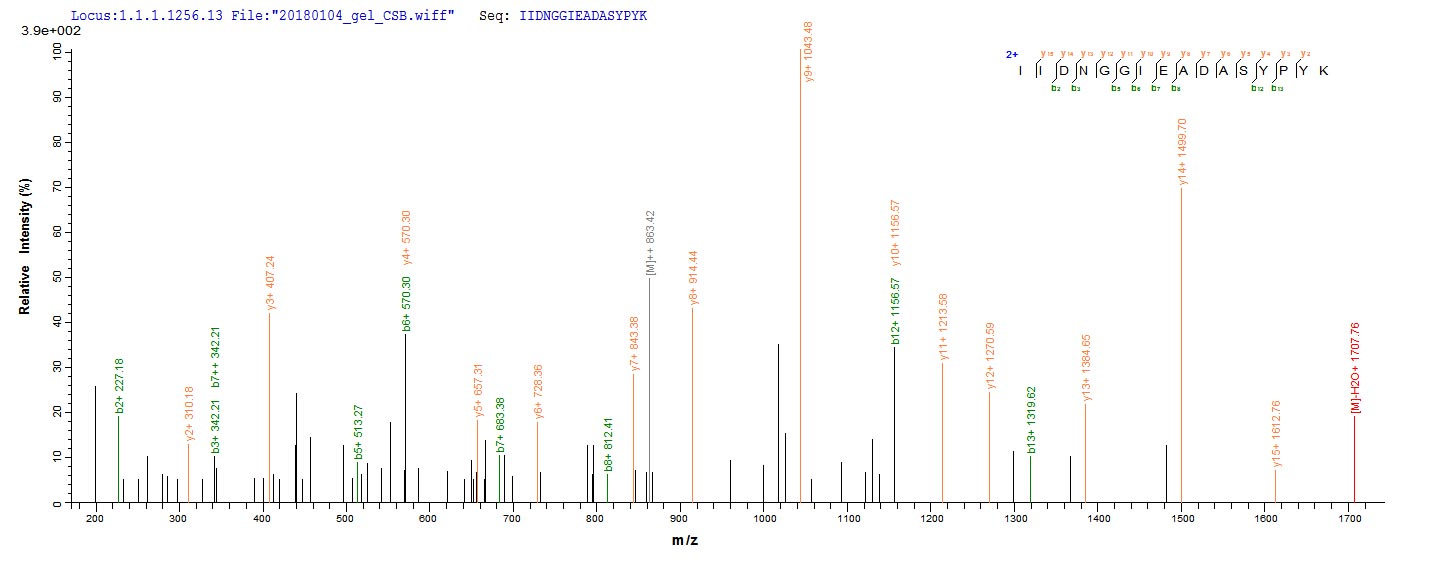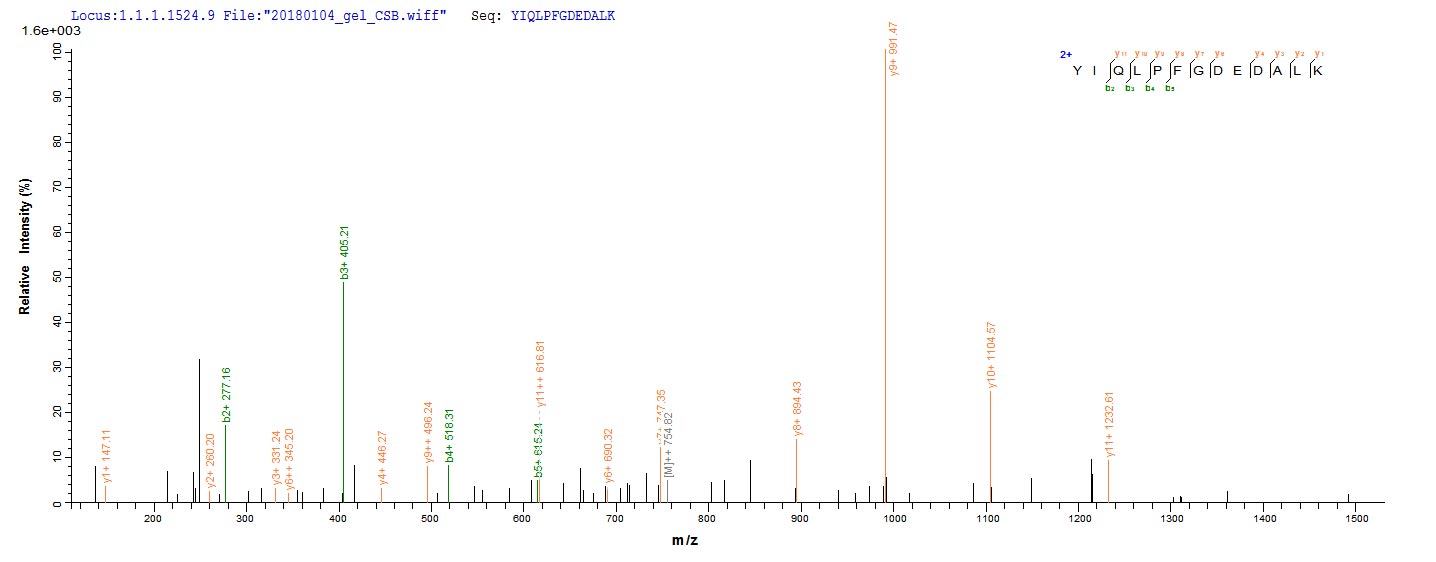Intensify your research with our Recombinant Mouse ctss, also known as Cathepsin S. This protein, recombinantly produced in E.coli, serves as an essential tool in uncovering the intricate processes of cellular biochemistry. As a full-length mature protein (123-340aa), it provides a comprehensive understanding of the protein's function and structure.
Expressed with a N-terminal 6xHis-tag, our Cathepsin S ensures robust stability and efficient purification. With a purity greater than 90% as determined by SDS-PAGE, our Recombinant Mouse ctss stands up to the exacting standards of scientific research. Depending on your experimental needs, choose between a liquid form for immediate use, or a lyophilized powder for long-term storage and convenience.








